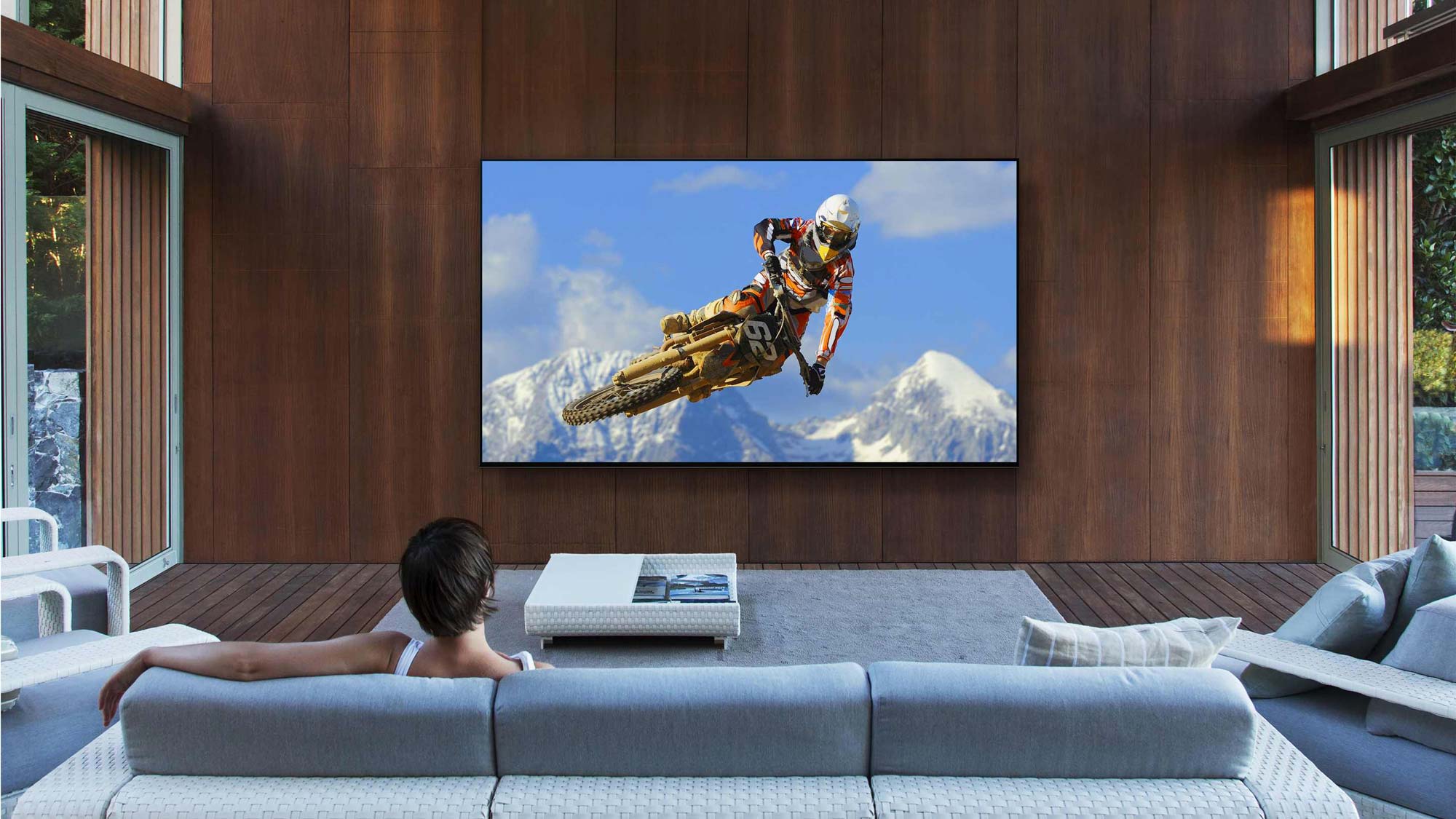TechRadar Verdict
Sporting the upgraded X1 Ultimate processor, Netflix Calibrated Mode and the latest version of Android TV, Sony’s mid-range X950G/XG95 has a lot going for it. Unfortunately, its image processing prowess is greatly diminished by its truly sub-par audio.
Pros
- +
X1 Ultimate Processor
- +
Netflix Calibrated Mode
- +
Motion handling, 4K upscaling
Cons
- -
Poor sound quality
- -
Mediocre 4K/HDR black levels
- -
Netflix audio bug
Why you can trust TechRadar
Making a great mid-range TV is harder than it looks. For starters, it has to be better looking than the cheap TVs while still being cheap enough that it fits within most folks’ budget. The good news? The Sony X950G - called the Sony XG95 in the UK and X95G in Australia - hits the sweet spot between price and visual performance, offering just enough visual panache to warrant its mid-range price point.
The bad news? It has some of the worst sound quality of any mid-range TV in 2019, bad enough to almost ruin the overall experience.
Price and release date
The X950G is the successor to the Sony X900F from 2018 and is available now.
In the US, the X950G is available in four screen sizes and starts at $1,299 for the 55-inch XBR-55X950G. If you want something bigger, there’s the 65-inch XBR-65X950G that’ll run you $1,799; the 75-inch XBR-75X950G that costs $2,999 and the massive 85-inch XBR-85X950G that costs a whopping $4,499.
In the UK you have the same number of choices when it comes to screen sizes, however, Sony TVs are currently much more expensive: The 55-inch KD-55XG9505 will set you back £1,799 (versus $1,299 in the US); the 65-inch KD-65XG9505 costs £2,199; the 75-inch KD-75XG9505 costs £3,999 and the massive 85-inch KD-85XG9505 has a correspondingly massive price tag of £4,999.
Australia currently only has a single model in the X95G line-up available, and that’s the 65-inch KD65X9500G, available now for AU$3,499.
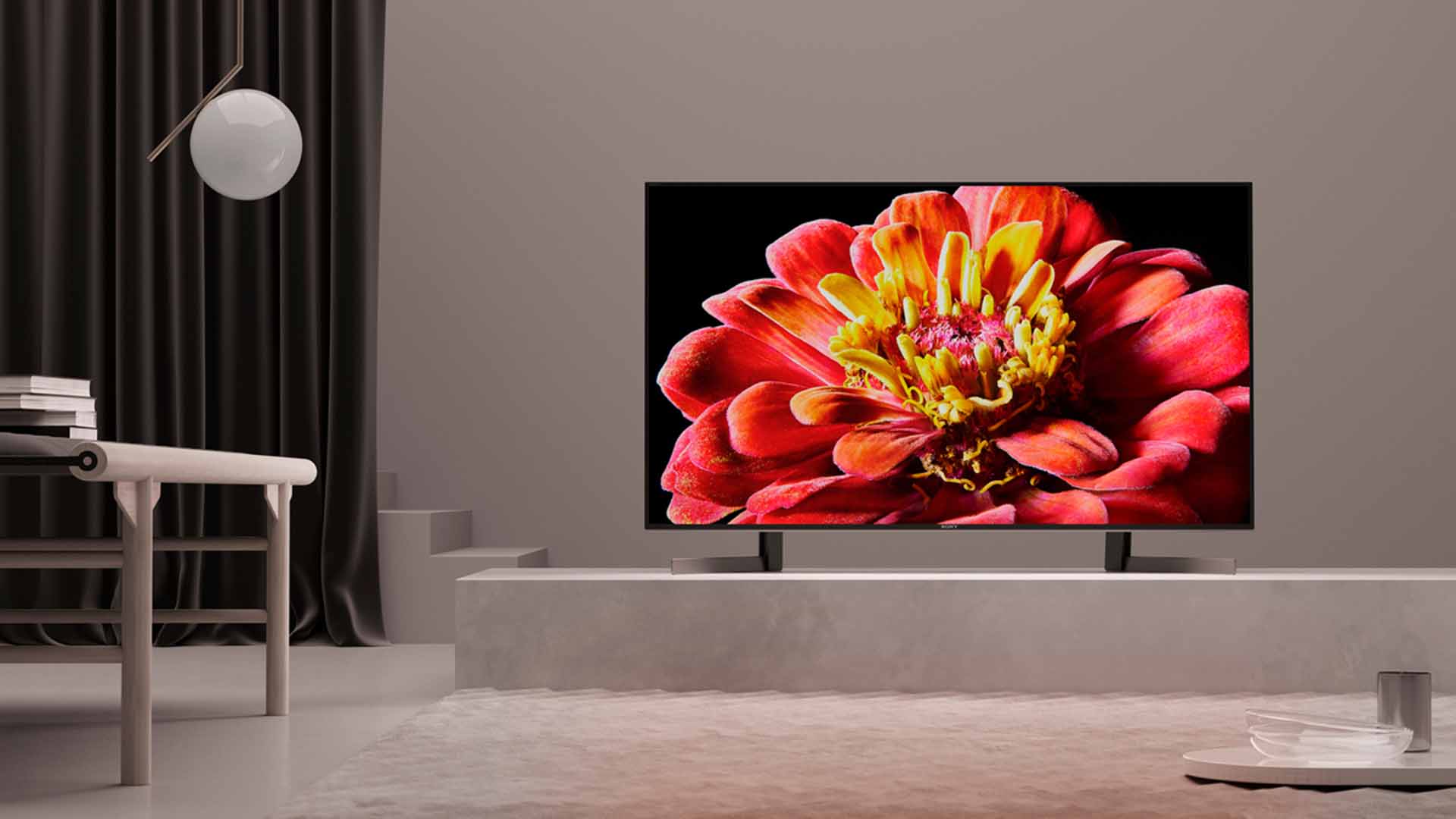
Design
You can’t talk about the Sony X950G without talking about the speaker placement and design - a system Sony calls Acoustic Multi-Audio. The idea here is that by putting two down-firing speakers and adding two tweeters in the top of the screen on the back, the TV could create the illusion of sound emanating from the center of the screen - and, surprisingly, it works. It really does make sound feel more centered.
The problem is that there’s a sizable power difference between the bottom-firing woofers and top tweeters that create a sound imbalance and a massive amount of distortion when you turn up the volume. We’ll cover more in another section below, but suffice it to say the design - while certainly unique and innovative - doesn’t make for the best aural experience.
That said, outside of the placement and design of the speakers Sony made a number of smart decisions with the X950G’s design: it is a good-looking TV with a thin bezel and narrow metal legs that attach to the back of the screen. You’ll need a wide entertainment center to hold the TV, but the incredibly sturdy legs prevent the TV from rocking.
To help you manage your cable clutter, the legs have a small channel that can be used to hide cables running up the back of the TV. The end result doesn’t look quite as clean as Samsung’s QLED TVs with their t-shaped stand, but it’s still a good solution overall.
Speaking of good decisions, the Sony X950G uses a full-array panel with local dimming, and this design decision significantly boosts contrast and prevents a lot of blooming. We’ll talk more about the advantages of full-array in the performance section, but we thought it’d be worth prefacing here as its use does make the TV a bit thick.
Spin the TV around to the back and you’ll find its IO connections. The X950G has four HDMI ports with the third port offering ARC/eARC support (important for controlling the soundbar you’ll definitely want to buy), two USB ports, digital optical audio out, ethernet, 3.5mm audio and a Remote IR In. It’s a good number and selection of ports and should have enough room for all of your devices.
Last but not least, the X950G ships with a newly redesigned remote. The new remote is long and narrow with a brushed metal finish and a good amount of heft to it. There are playback controls, numbered buttons, a directional pad, plus a Google Assistant button that can be set to always-listening or press-to-listen. There are only two quick access buttons for Google Play and Netflix compared to the four services you find on a Roku TV remote, but they’re nice to have all the same.
Design TL;DR: Sony made some bad decisions in terms of the TV’s speaker design, but all the rest of the TV is excellently made.
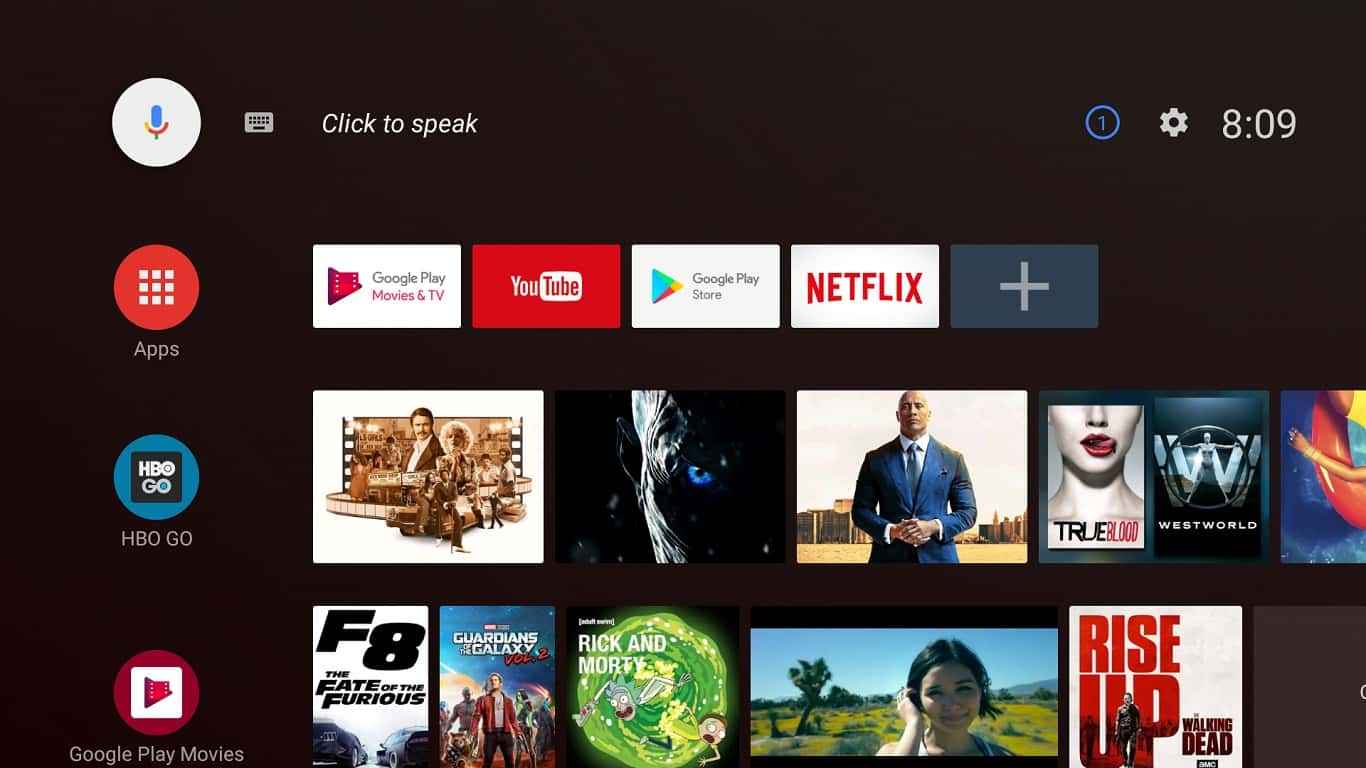
Smart TV (Android Oreo)
For both users and reviewers, Android TV is a divisive operating system. There’s a legion of folks who don’t mind - and even like - the platform’s row-centric design, while others can’t stand its unresponsiveness and sheer bugginess.
The good news is that Google has made a few minor changes to make finding content a bit better, and Sony has clearly worked on the hardware side making that content faster to access: According to documentation provided Sony, the X950G performs up to 60% faster than previous generation Sony smart TVs with key services like Netflix and YouTube starting up 60% and 50% faster, respectively.
While that kind of speed is hard to measure at home, we did honestly feel that apps were opening more quickly and were more stable here than on any other Sony smart TV we’ve used in the past.
The boost in speed is a nice perk of the latest operating system, but so is its support for Amazon Prime Video - a recent addition after Google and Amazon made amends - and Alexa support for external devices. That said, you can also use Google Assistant, which comes built into the remote and is integrated at a system level.
In terms of supported streaming services, Android TV works with most of the biggest names - Netflix, Hulu, YouTube, Amazon Prime Video and many, many more. That list is even bigger when you consider all the apps that can be Cast from your phone or tablet thanks to the TV’s Chromecast Built-in functionality and the imminent arrival of Apple AirPlay that will let you mirror anything from your Apple devices.
Smart TV TL;DR: It’s still bound to be divisive, but Android TV on the Sony X950G is both faster and more stable than ever before and will soon offer AirPlay support to accompany its Chromecast Built-in feature.
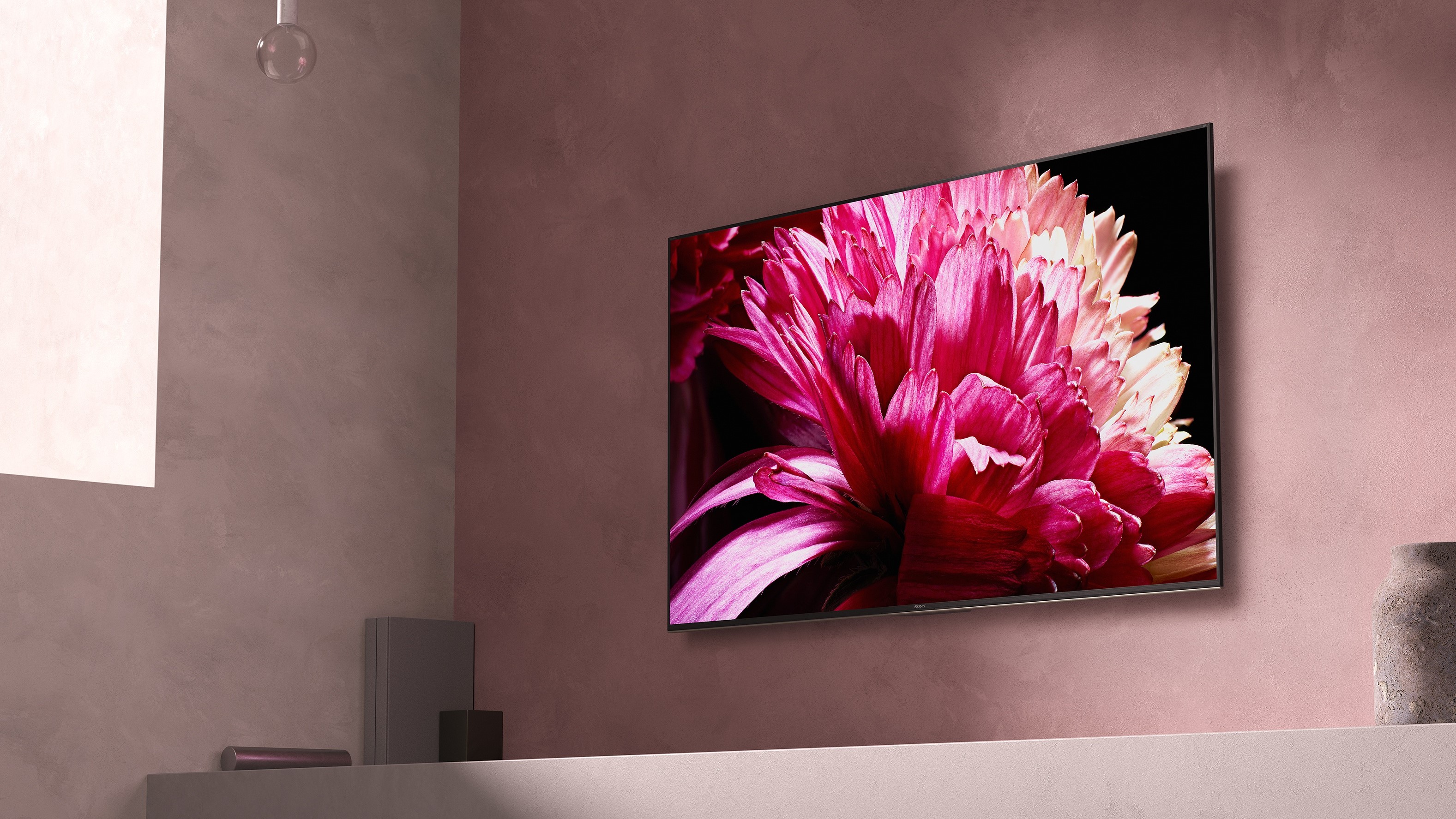
HD/SDR Performance
Right out of the box, the best way to describe the image quality of the X950G is… well, natural. It’s not flashy. It’s not overly bright. Colors aren’t oversaturated. It’s just a really natural picture with subdued colors and great black levels perfect for HD/SDR content.
Of course, everything you watch in HD/SDR will have to be upscaled to near-4K, and that’s where Sony’s X1 Ultimate processor (an upgrade from the X1 Extreme on the X900F) and its proprietary Reality Creation engine come in.
Without getting too far into the weeds with it, Reality Creation is Sony’s upscaling process. According to Sony, as image data comes into the processor it’s compared against a database of images that’s stored locally on the TV - a scene of a sky would be compared to an image of a sky in Sony’s database, for example. This matching process helps the image look more realistic when it’s upscaled and can help with color gradation issues and can even sharpen fuzzy edges. This is obviously a very processor-heavy task, and it’s one that the X950G does with aplomb.
While we really enjoyed the naturalness of this TV’s images - if you’re the kind of person that wants a bit more pop to your images all you need to do is turn on Live Color in the picture settings. This mode works on HD/SDR content to add a bit more color saturation to the image and helps to make the image ‘pop’ in a way that really grabs your attention. We used it briefly during two Blu-ray movies - Baby Driver and The Breakfast Club - and it gave them a faux-HDR effect. It’s clearly not for everyone, but it certainly was a nice option to have.
The last thing we want to cover in terms of HD/SDR content is motion - another area in which the Sony X950G and the X1 Ultimate processor really blow away the competition. That’s due to the X-Motion Clarity feature (the same feature you get on the significantly more expensive Sony Z9G) that uses object-based black frame insertion and backlight boosting instead of Black Frame Insertion in motion interpolation. What this does is that the processor looks at two upcoming frames, finds the spots in the frames that an object is in motion, and only blacks out that specific area of the screen rather than the entire image. Both techniques are effective but X-Motion Clarity does tend to work slightly better in making the image both clear and smooth without reducing the brightness of the image.
HD/SDR Performance TL;DR: Overall this is a superb screen for HD/SDR content thanks to its great upscaling, motion processing and controversial (but appreciated) Live Color feature.
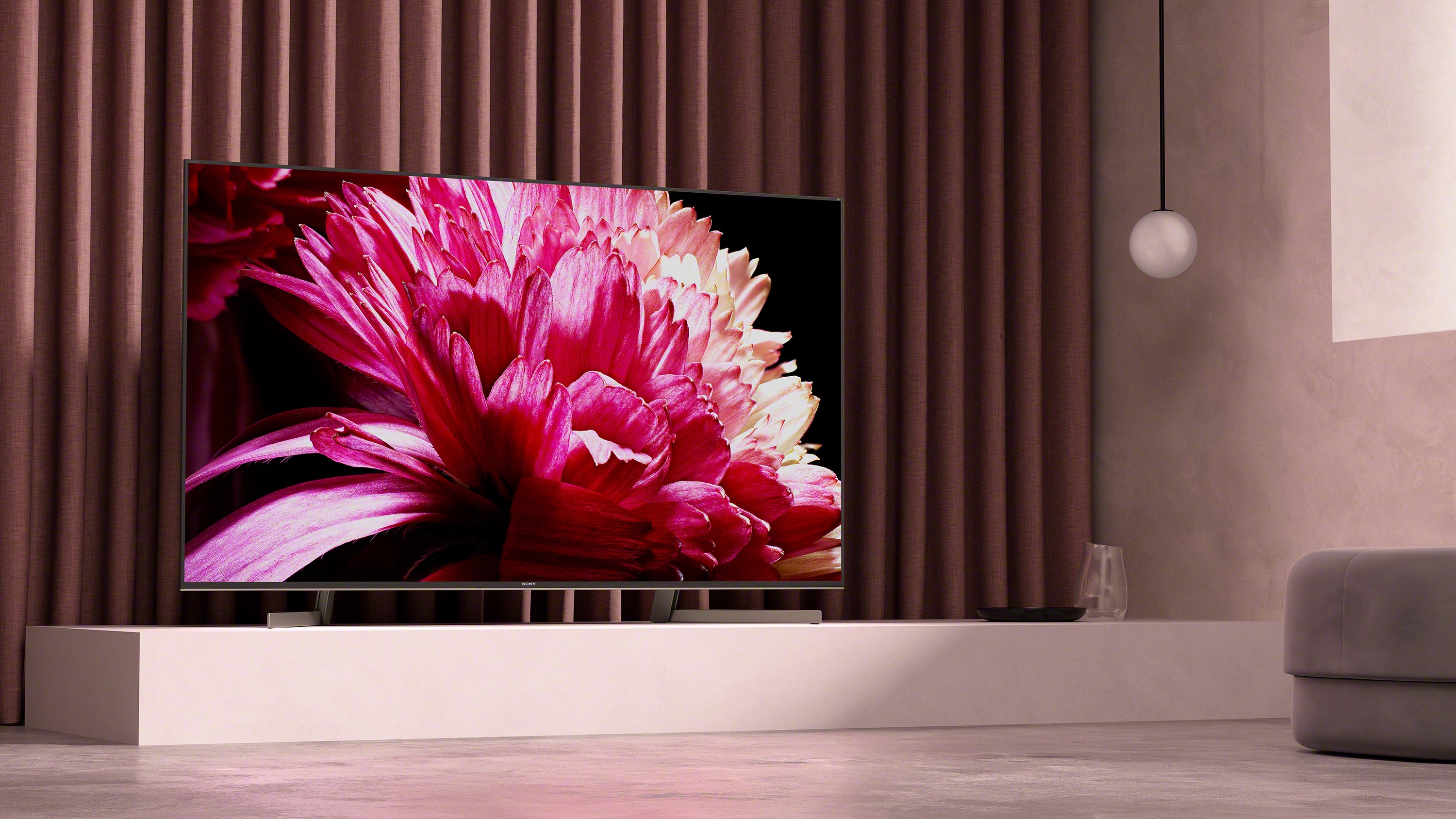
4K/HDR Performance
Right, so sound might not be this set’s strong suit, but visual performance certainly is and 4K/HDR content really shines - both figuratively and literally - on the X950G.
While other TVs seem to use their inordinate brightness without discrimination, making most content bright for the sake of brightness, the X950G saves its peak brightness levels for the most intense HDR scenes, making content like Blue Planet II streaming from Netflix in 4K/HDR look amazing. Shots from the Green Seas episode in which the sunlight trickles down through the surface of the ocean are some of the best we’ve seen on a mid-range TV.
Just as amazing is that, even at its peak brightness above 1,000 nits, the TV doesn’t suffer from any severe blooming or haloing, and black levels stay relatively dark. Admittedly Sony still has a little room to go in making the black levels in 4K/HDR content even darker - this LED/LCD screen is no match for OLED - but black level performance is still pretty impressive in its current form.
In terms of color accuracy, the X950G uses Sony’s Triluminos technology (its name for Wide Color Gamut) and X-Wide Angle in the 75- and 85-inch versions to not only create a more accurate picture, but one that doesn’t desaturate as much when viewed off-angle. (Note: the 55- and 65-inch versions of the TV don't have it, and do suffer slightly from desaturation when viewed off-angle.)
So just what should you be watching with Sony’s beautiful mid-ranger? Well the X950G supports IMAX Enhanced, HDR10, HLG and Dolby Vision content, but really shines with anything streamed directly from Netflix, as it’s the first mid-range screen from Sony to feature its Netflix Calibrated feature that can be found in the TV’s picture settings.
With Netflix Calibrated Mode turned on, you see content exactly the way the creators of those shows and movies intended. It’s basically the most picture-accurate way to watch Netflix shows, and until now was limited to screens that cost twice as much. It's basically the TV's killer app against the competition.
Speaking of Netflix, the only real issue we had with the X950G’s performance is when, after pausing a video on Netflix and letting it stay paused for a minute, the audio and video would randomly unsync. We’d then have to exit the video and re-buffer to get it re-synced. It didn’t happen every time we paused a video, but happened enough times to warrant mentioning.
Netflix Calibrated Mode is certainly your best picture mode when streaming, but Custom is the best option for everything else as it’s the most color accurate of the bunch… which makes sense as Custom replaced the Cinema Pro mode from older Sony TVs.
4K/HDR Performance TL;DR: The X950G is a fantastic screen for 4K/HDR content thanks to its bright, accurate images and neat Netflix Calibrated Mode.
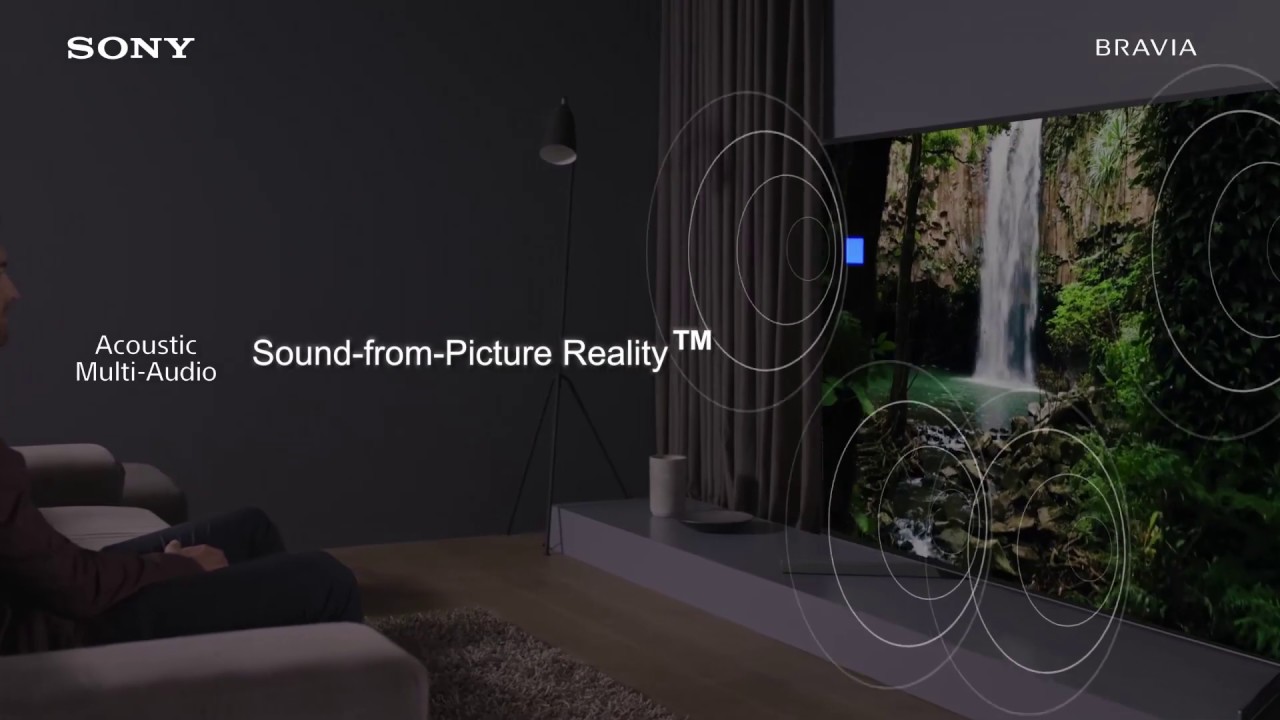
Sound
We briefly mentioned it in the design section up above, but the primary problem with the X950G’s sound is that it has a big bass boost from the down-firing speakers and very little power in the mid-range. Considering that dialogue mostly falls into the mids and upper mid-range, this imbalance can make it hard to hear anything a character says. In fact, right out of the box before we dove into the settings to make things bearable, it was one of the worst-sounding TVs of the year - on par with some of the cheapest models.
What you can do to help alleviate some of the imbalance is to turn on volume balancing (Settings > Display & Sound > Sound > Advanced Auto Volume > Auto) and crank up Voice Zoom (Settings > Display & Sound > Sound > Sound Customization > Voice Zoom). This definitely makes dialogue more audible, but it still doesn’t put the X950G on par with other speaker systems out there.
The good news is that Sony has provided a bunch of ways to get sound from the TV to an external sound system - either an AV receiver or a soundbar. In fact, this TV is in the minority of screens that supports eARC, which allows you to pass Dolby Atmos sound to a soundbar or an AV receiver from any Dolby Atmos source plugged into the TV… or at least it will when that update comes via a firmware patch. Until then, you’ve got HDMI ARC, digital optical audio, built-in Bluetooth and a 3.5mm jack that can all pass audio signal to something else.
Sound TL;DR: While the TV doesn’t produce accurate - or sometimes even audible - dialogue, it does support a number of ways to pass audio onto a more capable system.
Other panels to ponder…
Because it’s right in the middle of the field in terms of price the X950G faces a lot of steep competition on all sides, however its biggest competition comes from the Samsung Q70R QLED TV - the mid-range QLED marvel from Samsung that’s not quite as visually impressive as the X950G, but sounds significantly better too thanks to Samsung’s AI Sound technology.
The reason you’d get the Sony X950G over the Samsung Q70R is that the Sony does a better job upscaling content, does a slightly better job with black levels and tends to look a lot more natural right out of the box. The Samsung Q70R’s picture has more of a wow-factor to it due to some differences in picture processing and it also sounds much, much better.
If you want to spend a little less on a TV, there’s also the TCL 6-Series Roku TV from last year. It doesn’t offer quite the same black level performance, motion processing or upscaling quality of the Sony X950G, but it does support Dolby Vision HDR and you can often find it for around half the price of the X950G.
Final verdict
It’s a shame that poor sound quality ruined such a great 4K/HDR TV - but there’s simply no excuse for a TV to sound this way at this price point.
Now, obviously, the counter-argument here is that you could easily buy a soundbar for a few hundred dollars / pounds and have a great all-around system, which we absolutely recommend that you do. However, taken by itself, the Sony X950G is an immaculate 4K TV that has been hamstrung by Sony's experimental new speaker design.
- Don't miss our round-up of the best 4K TVs
Nick Pino is Managing Editor, TV and AV for TechRadar's sister site, Tom's Guide. Previously, he was the Senior Editor of Home Entertainment at TechRadar, covering TVs, headphones, speakers, video games, VR and streaming devices. He's also written for GamesRadar+, Official Xbox Magazine, PC Gamer and other outlets over the last decade, and he has a degree in computer science he's not using if anyone wants it.
